Close But Not The Same
07/06/2022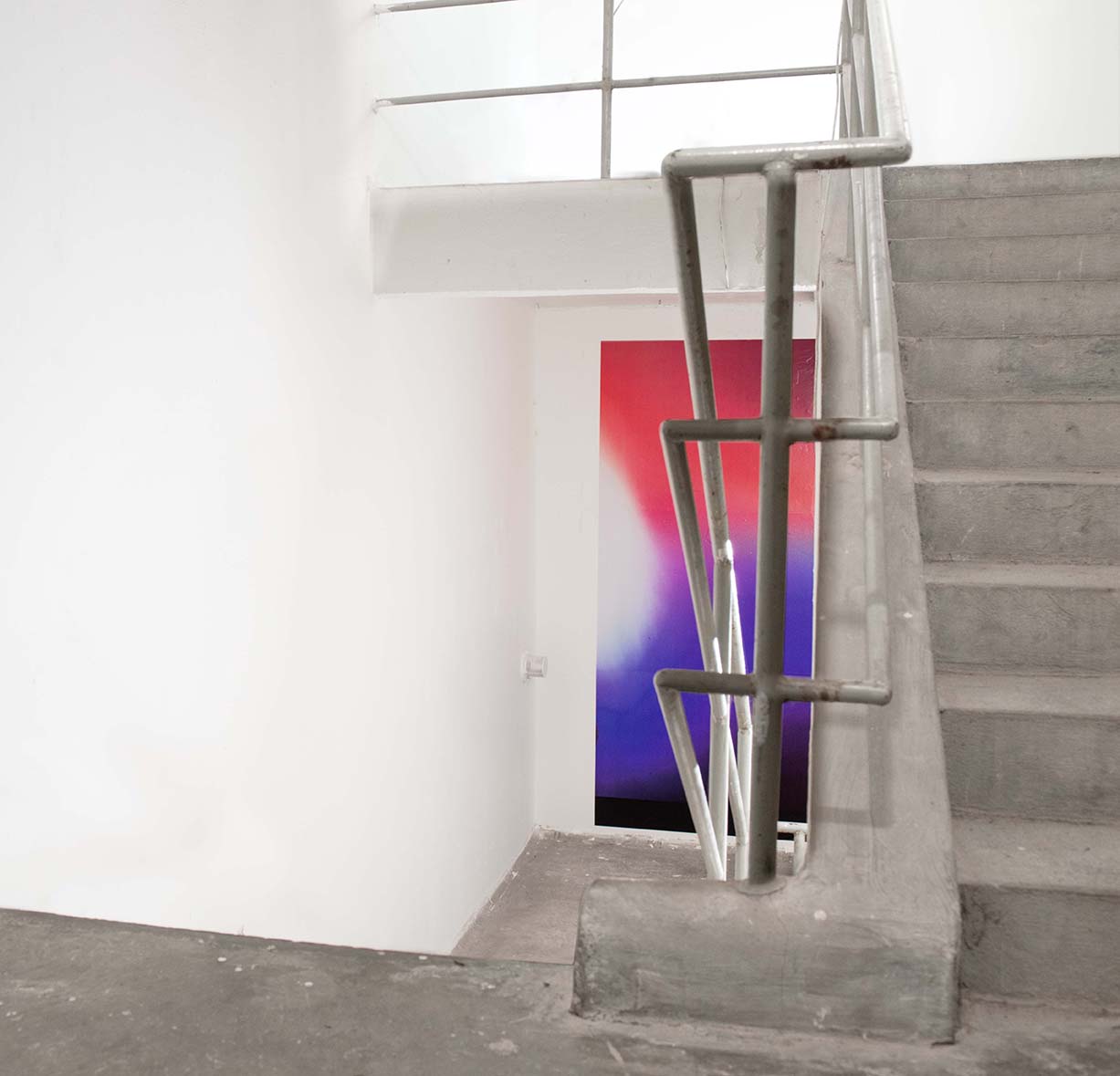
Close But Not The Same
Luka Prijatelj, Lin Gerkman, Matej Prijatelj
kurátor: Matej Chrenka
Náš osobný svet je zložený z príbehov. Hoci fyzicky obývame spoločný priestor, naše životy sa v závislosti od príbehov, ktoré zachytíme, odohrávajú v paralelných vesmíroch. Niektoré takmer splývajú a hranice medzi nimi sú subtílne ako rozdiel medzi námorníckou modrou a ultramarínovou. Ostatné môžu mať podobné kulisy, avšak ich obsah je úplne odlišný.
Pre niekoho útulný dom na okraji lesa, pre niekoho miesto brutálneho zločinu. Niektoré príbehy by sme radšej nepoznali. Ich obsah dokáže navždy zmeniť naše vnímanie sveta a navždy poškvrniť inak pastelové farby spomienok. Ak však nechceme žiť v čiernobielom obraze je nevyhnutné, každodenne trénovať svoj farbocit. Pretože každá farba obsahuje množstvo odtieňov a je našou úlohou nájsť správny hranol, cez ktorý ich dokážeme vnímať.
Pre niekoho makrosnímok kryštálov molybdenitu, pre niekoho abstraktné tvary. Je v ľudskej povahe upínať sa na poznanie. Táto vrodená zvedavosť sa v priebehu života často mení neurotickú obsesiu. V naivnej túžbe vniesť do chodu sveta poriadok a štruktúru sa domnievame, že s rastúcim poznaním sme schopnejší odolávať chaosu. Avšak váha faktov nesmie byť prekážkou v naivnej radosti z objavovania. Pretože dúha nie je len refrakciou polychromatického svetelného lúča na rozhraní dvoch optických prostredí. Dúha dokáže byť rovnako bežným fyzikálnym javom i zázrakom.
Nie je v našich silách dokonale porozumieť všetkým obrazom. Naše otázky nemusia byť zodpovedané a s absenciou vysvetlení sa každý musí časom zmieriť. Ak však necháme oči napriek tomu otvorené a s údivom preskúmame každý detail, svet sa ukáže v celkom novom spektre.
,,Close but not the same” (takmer to isté) je náš každodenný pocit. Pocit, že zo zdanlivo nekonečného cyklu všednosti sa dá na malý moment vytrhnúť. Pocit, že všetky príbehy môžu byť jedinečné, hoci sú si veľmi podobné. Pocit, že v dobre známom celku sa vždy dá objaviť nový detail.
Our personal world is made up of stories. Although we physically inhabit a common space, our lives take place in parallel universes depending on the stories we capture. Some almost merge, and the boundaries between them are as subtle as the difference between navy blue and ultramarine. Others may have similar backdrops but their content is quite different.
For someone, a cosy house on the edge of the woods, a brutal crime scene for another. Some stories we’d rather not know. Their content can change our perception of the world forever and forever taint the otherwise pastel colours of our memories. However, if we don’t want to live in black and white it is essential to train our colourblindness on a daily basis. Because every colour contains many shades and it is our task to find the right prism through which we can perceive them.
For someone a macro image of molybdenite crystals, abstract shapes for another. It is human nature to cling to knowledge. This innate curiosity often turns into a neurotic obsession over the course of a lifetime. In our naive desire to bring order and structure to the workings of the world, we believe that with increasing knowledge we are better able to resist chaos. But the weight of facts must not be a barrier to the naive joy of discovery. For a rainbow is not merely the refraction of a polychromatic light beam at the interface of two optical environments. A rainbow can be as much a common physical phenomenon as it is a miracle.
It is not in our power to understand all images perfectly. Our questions may not be answered, and everyone has to come to terms with the absence of explanations over time. But if we keep our eyes open nonetheless and examine every detail with wonder, the world will appear in a whole new spectrum.
“Close but not the same” is our everyday feeling. The feeling that it is possible to break away from the seemingly endless cycle of the mundane for a small moment. The feeling that all stories can be unique, even though they are very similar. The feeling that a new detail can always be discovered in a well-known whole.

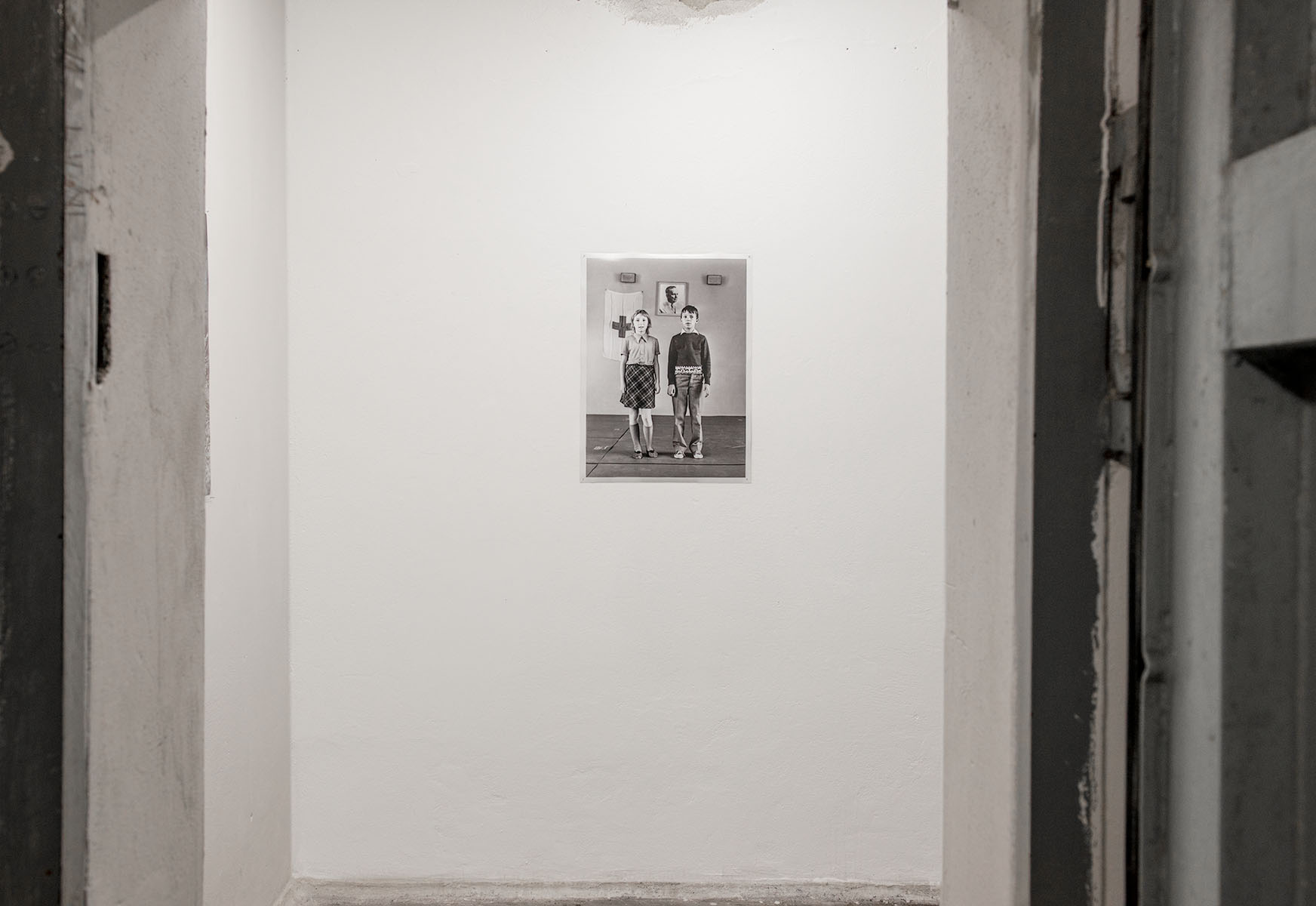
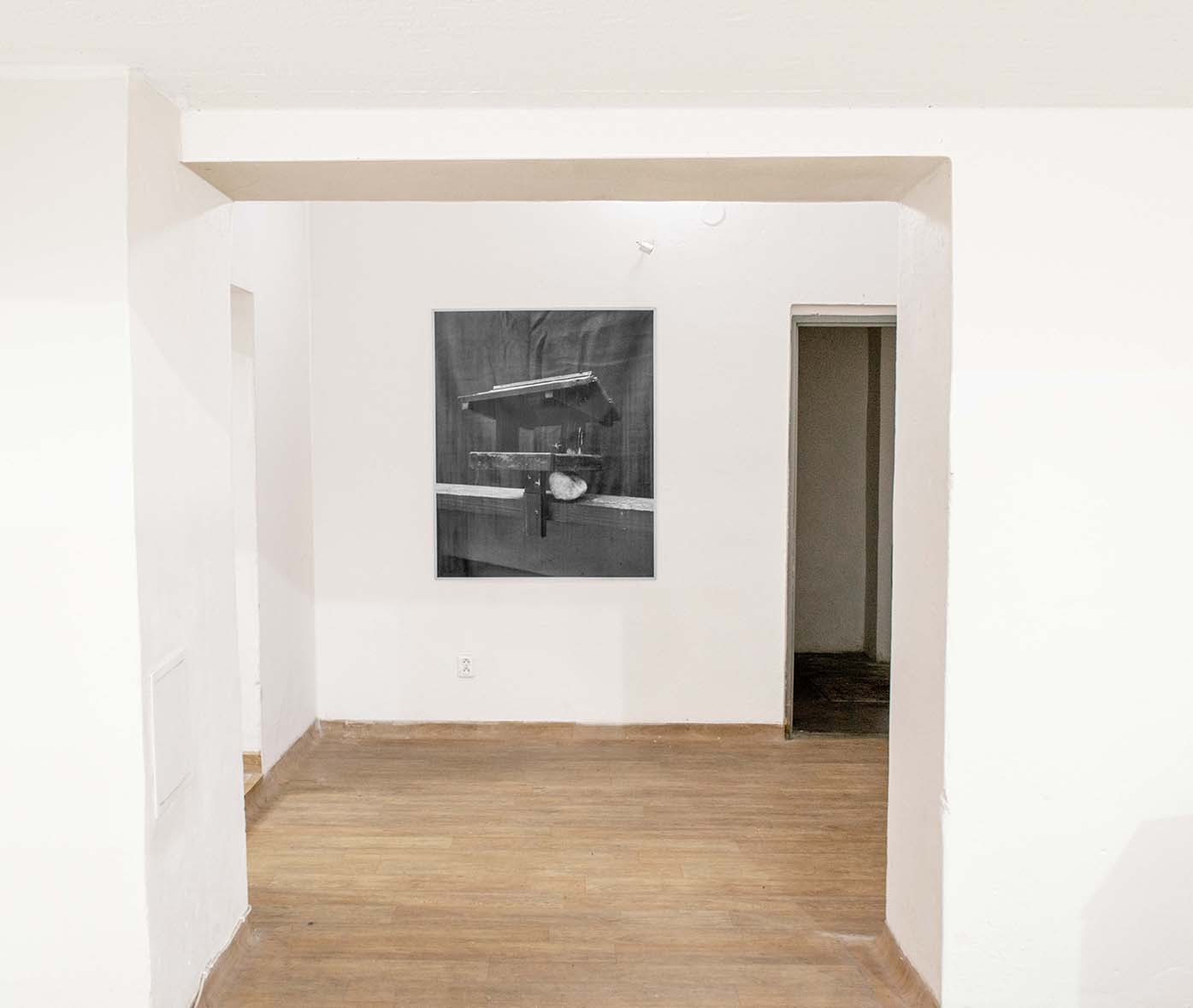
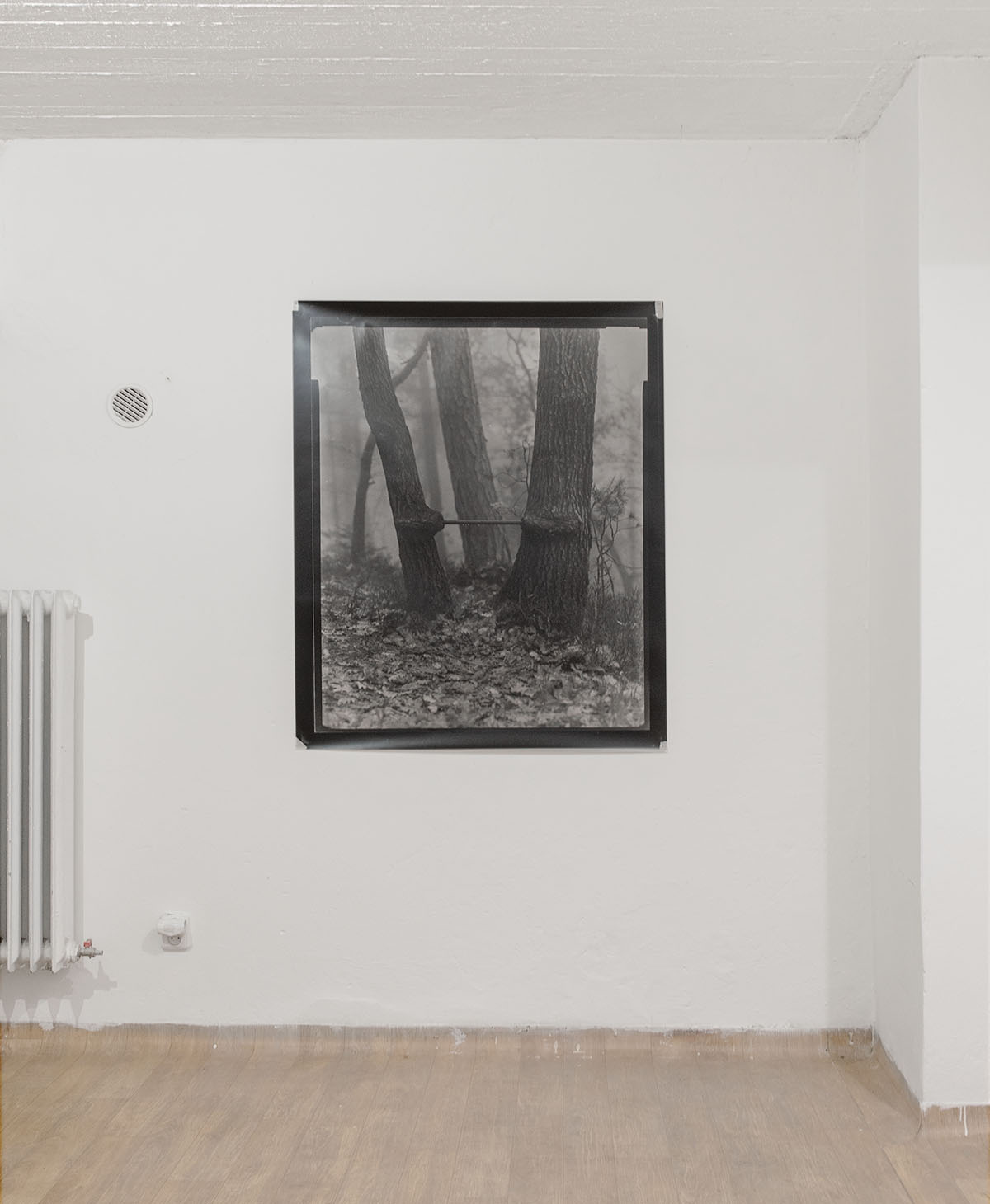
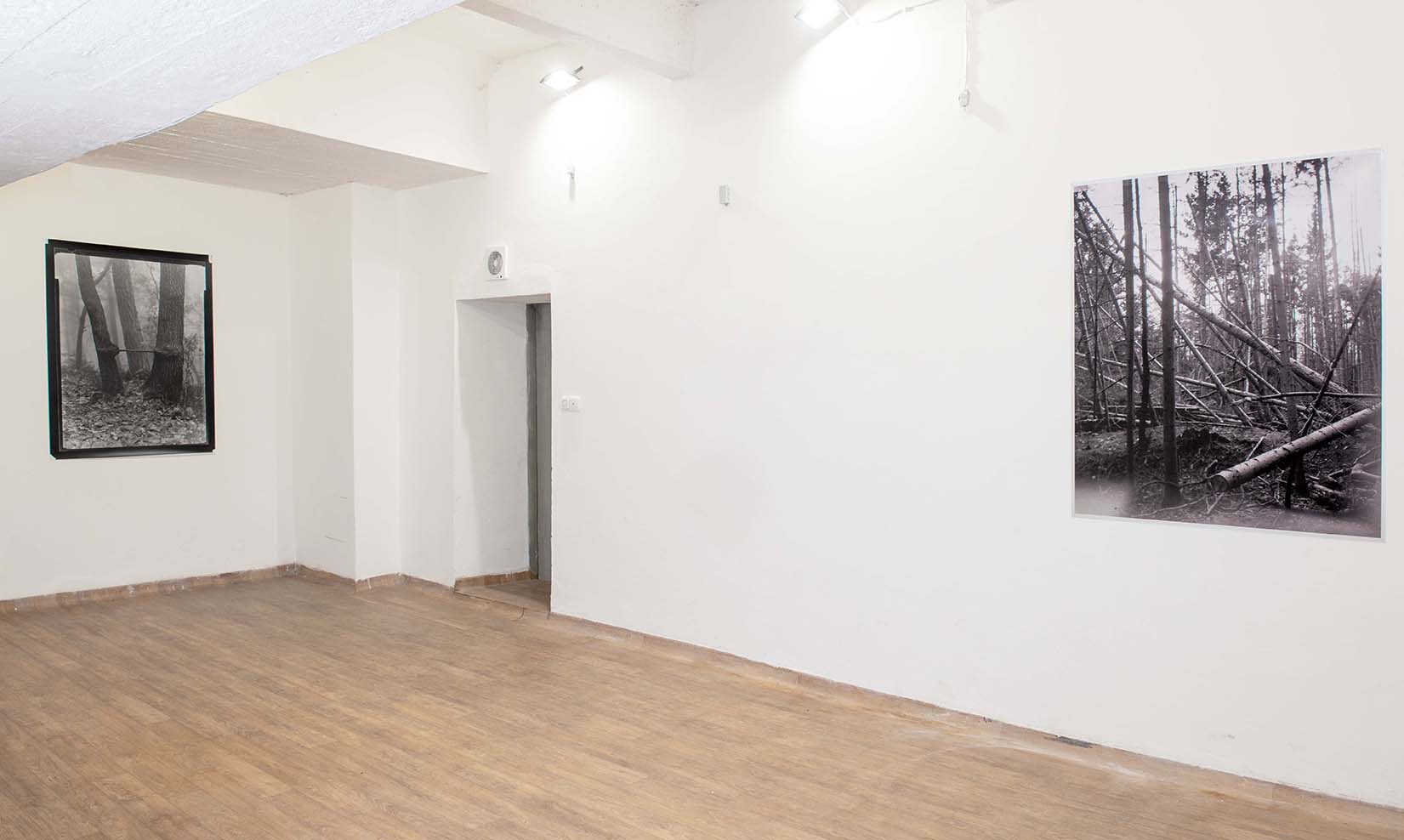
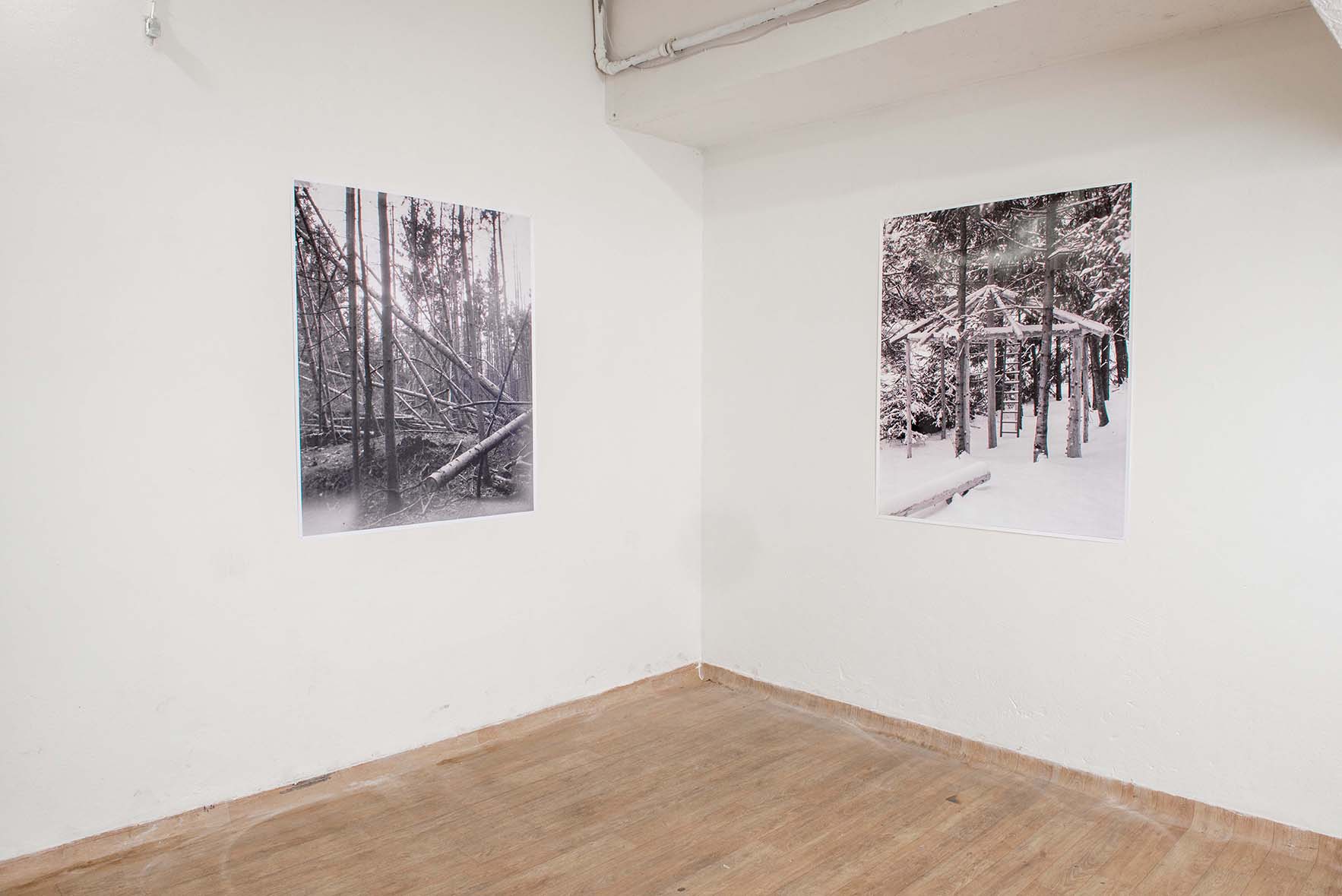
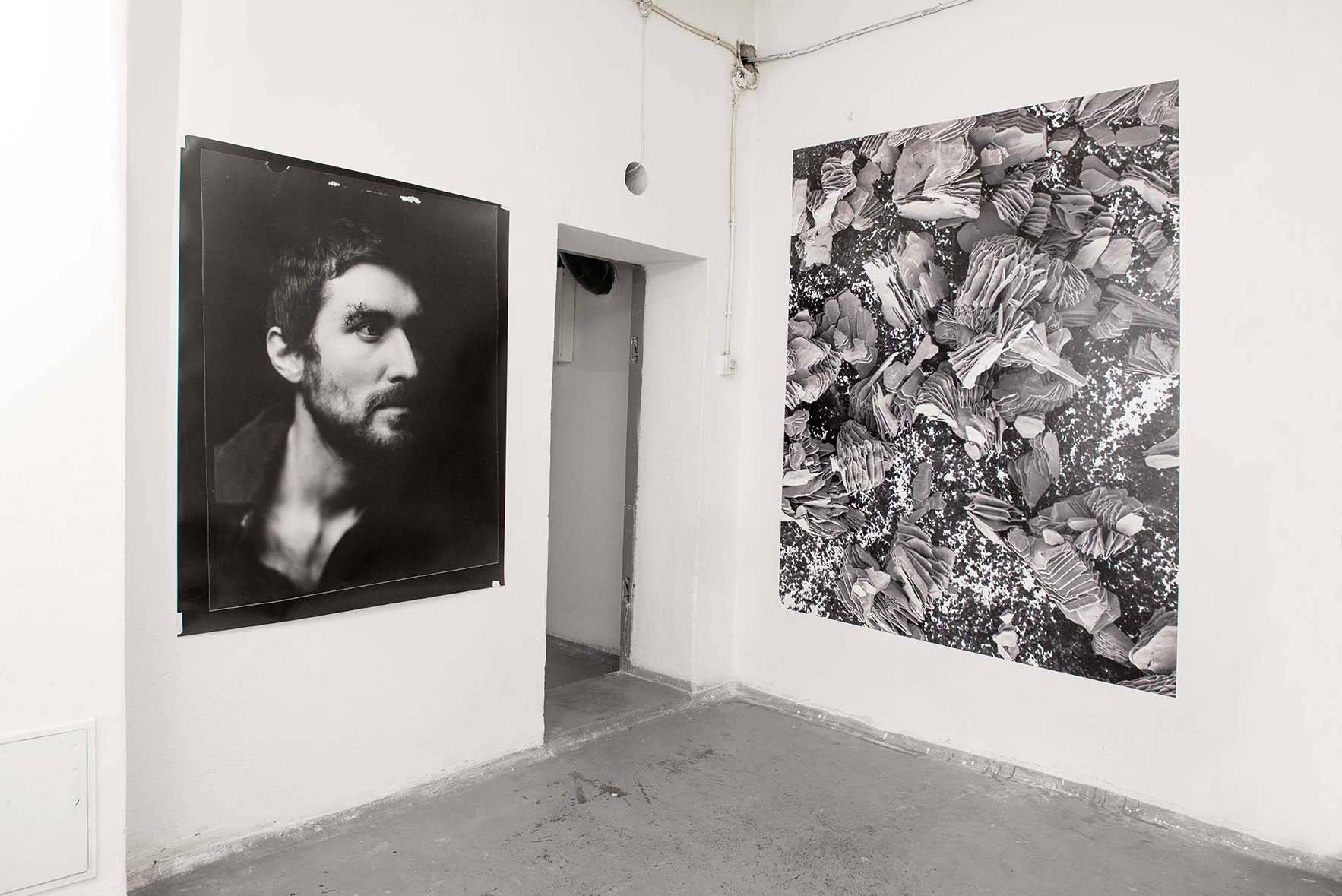
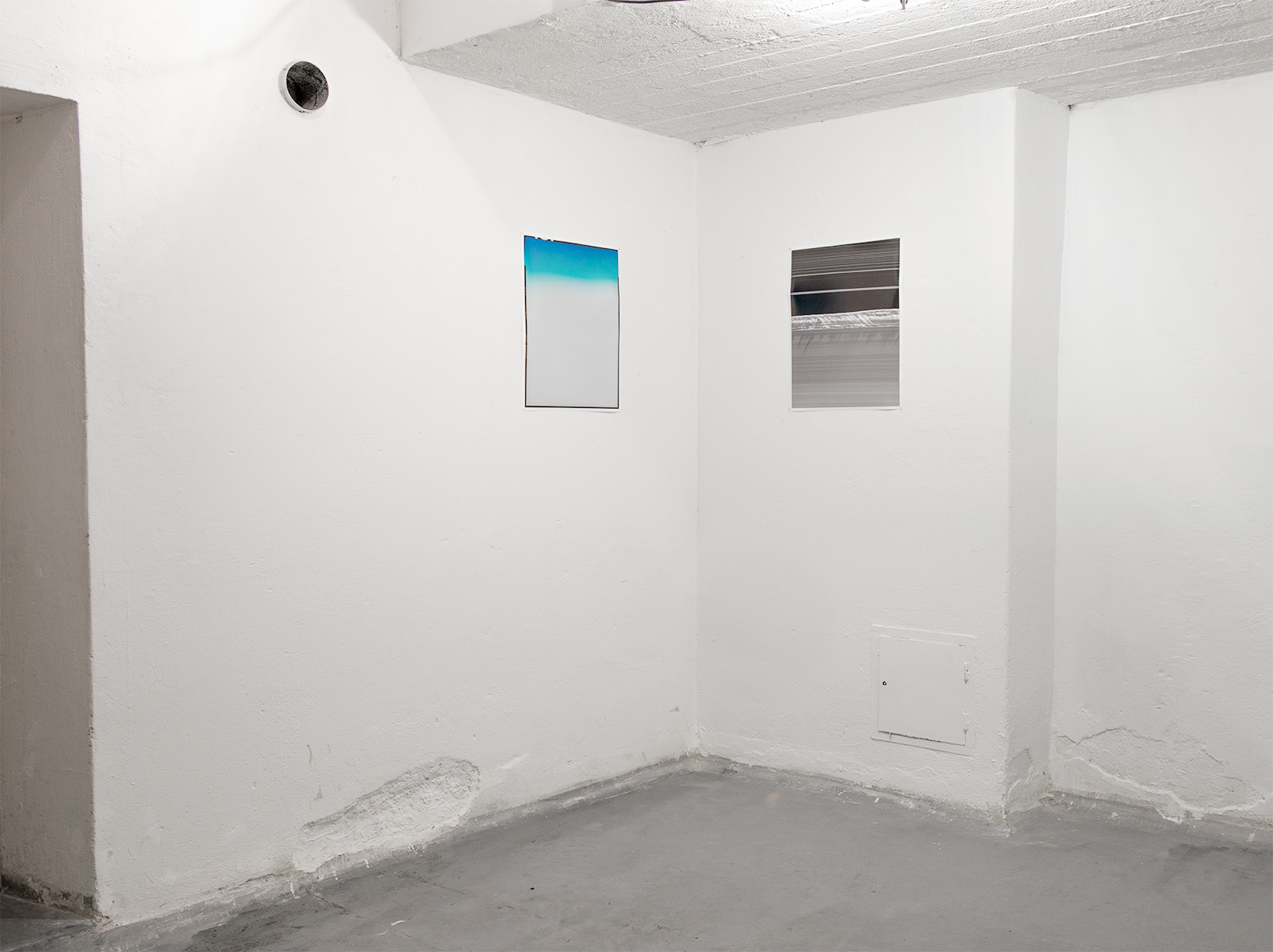
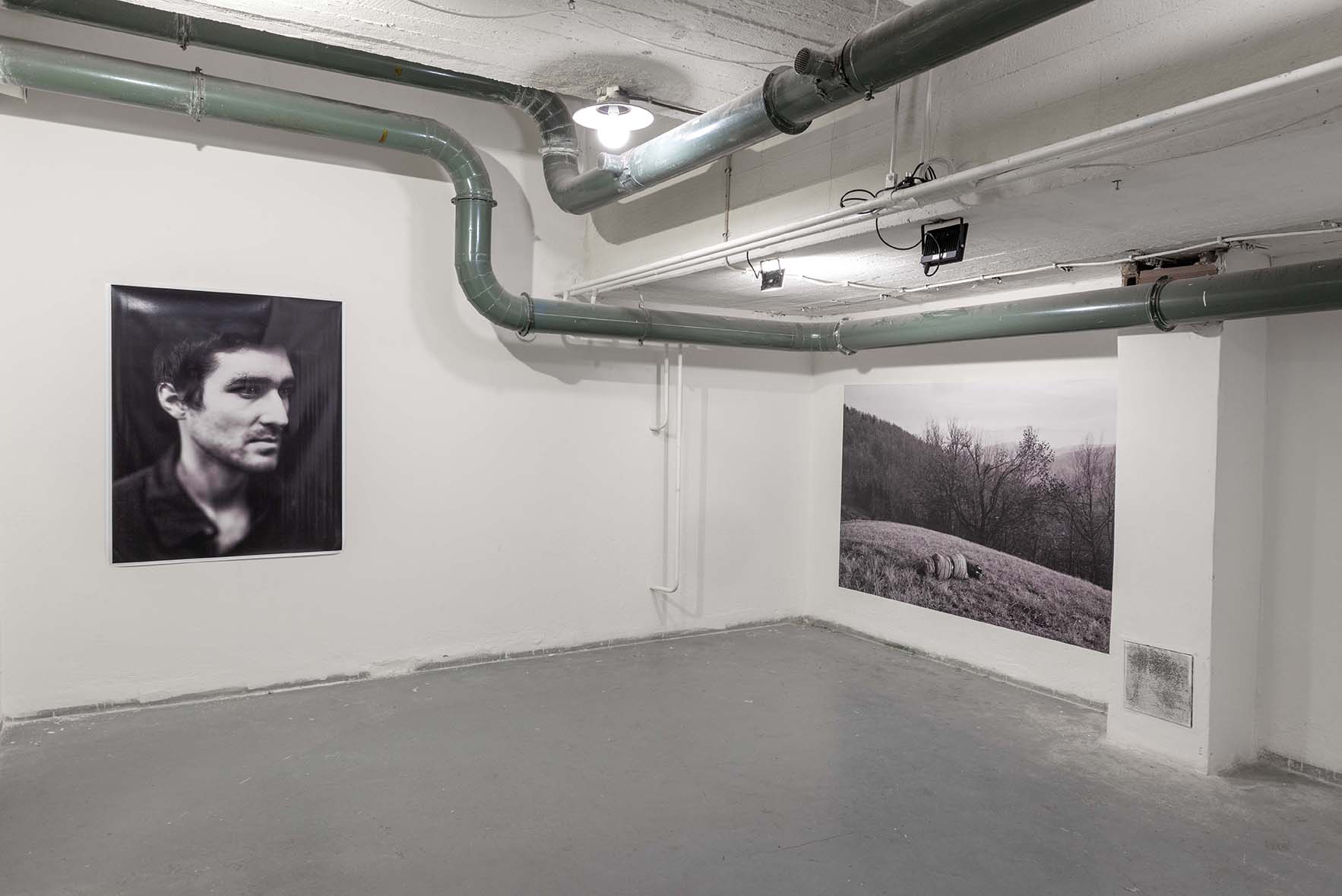

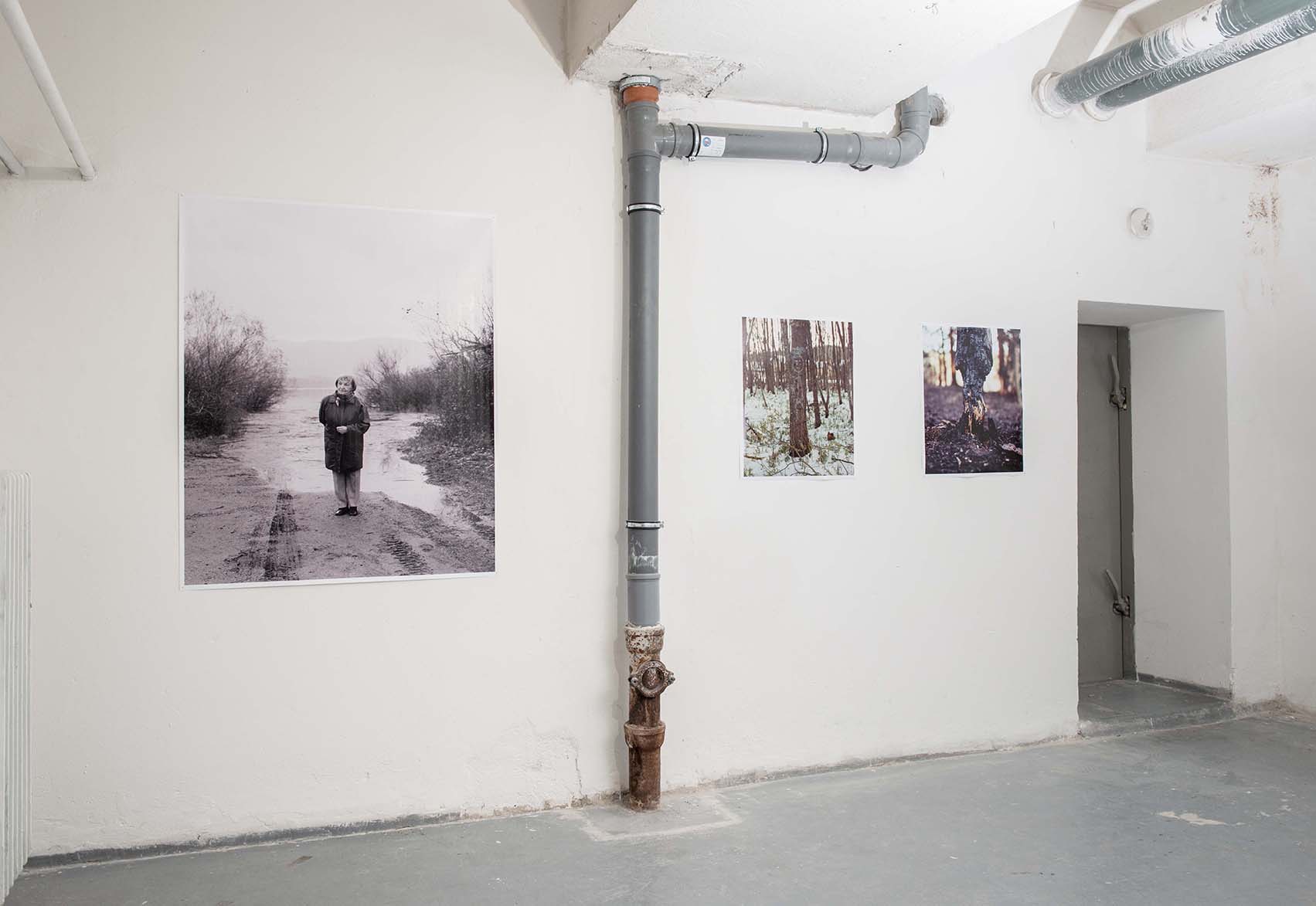
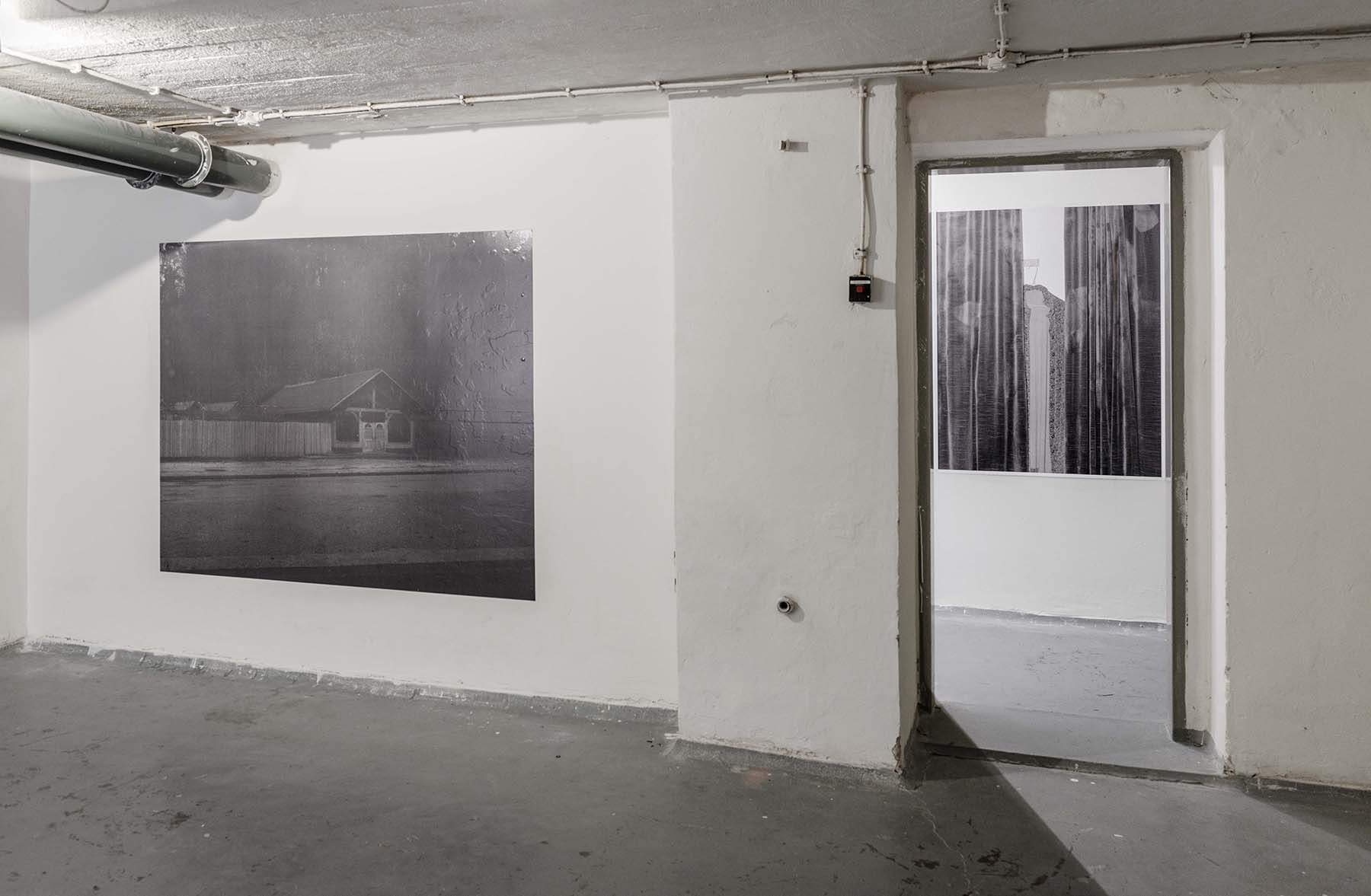
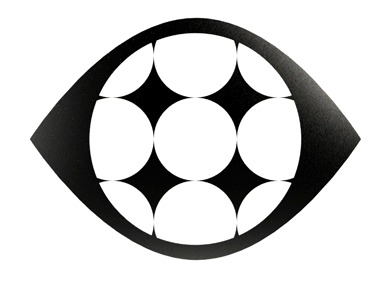 / photogether.org /
/ photogether.org /